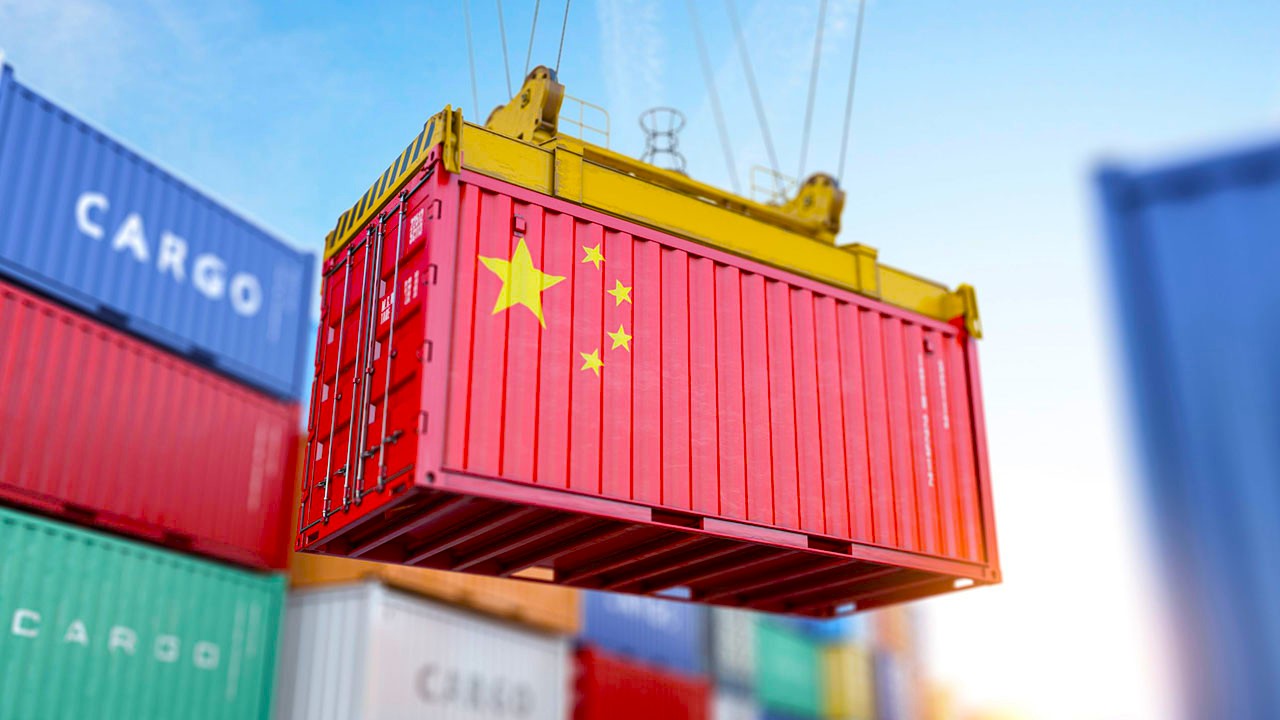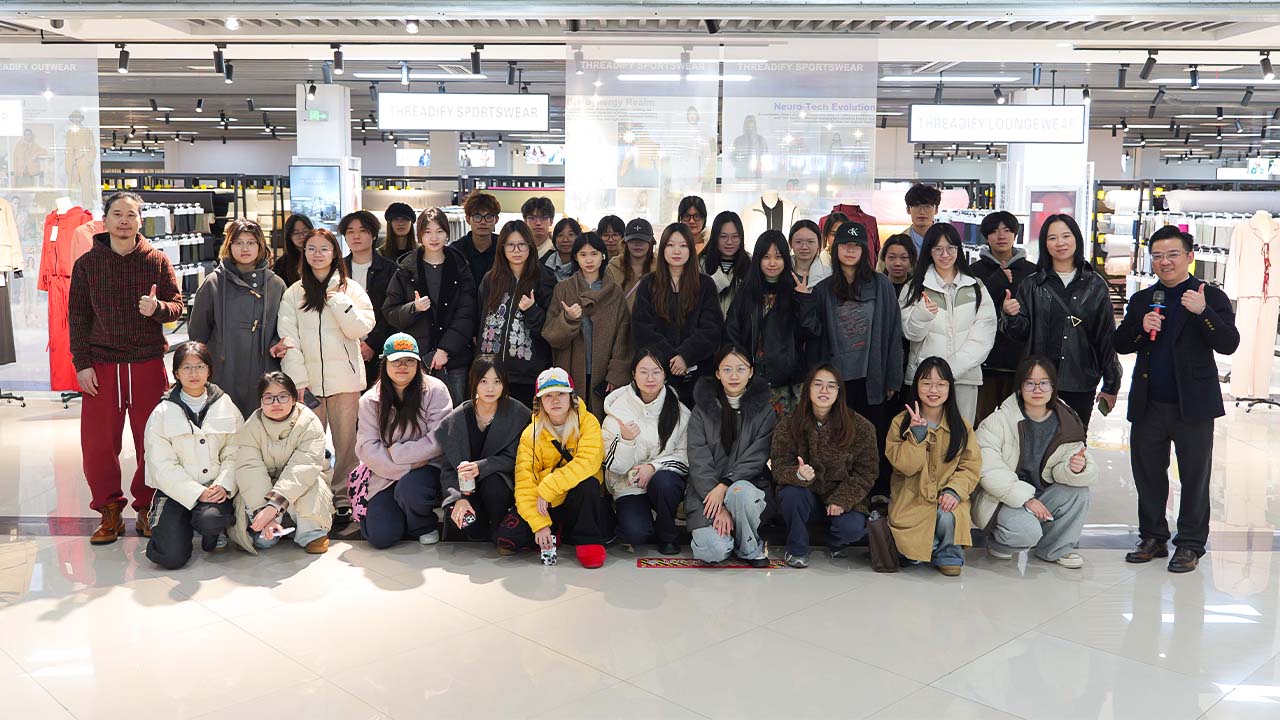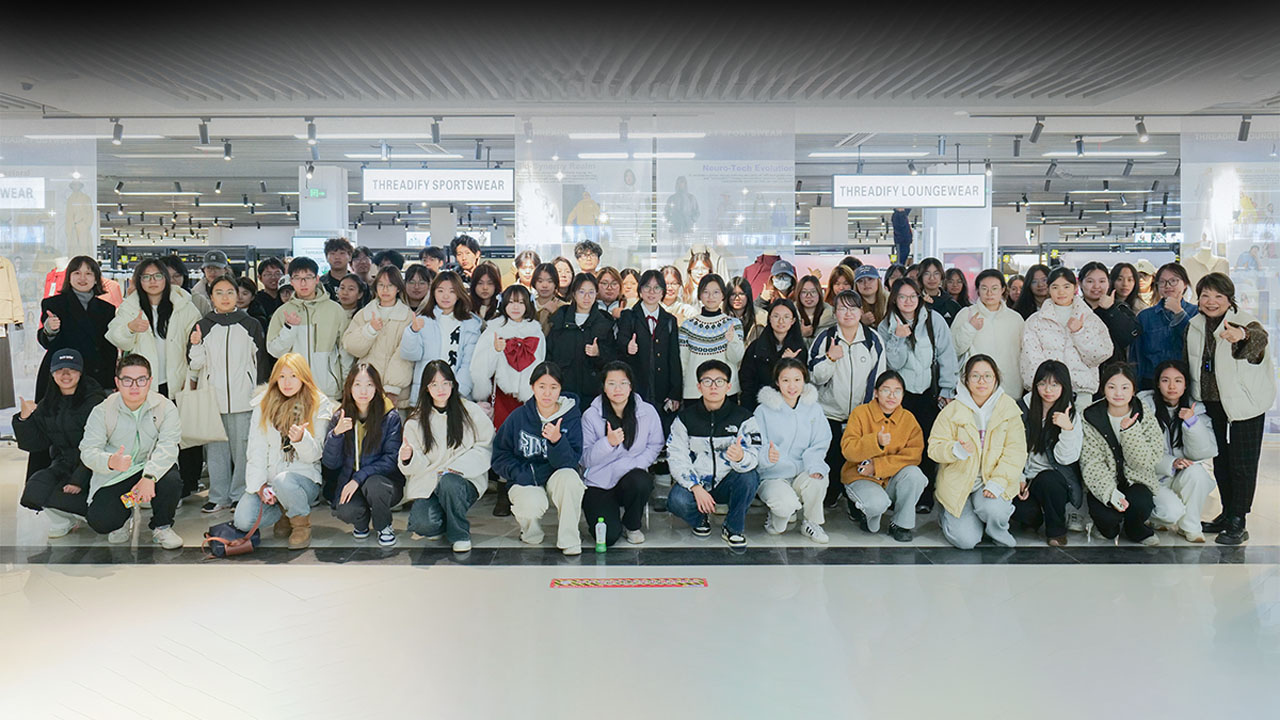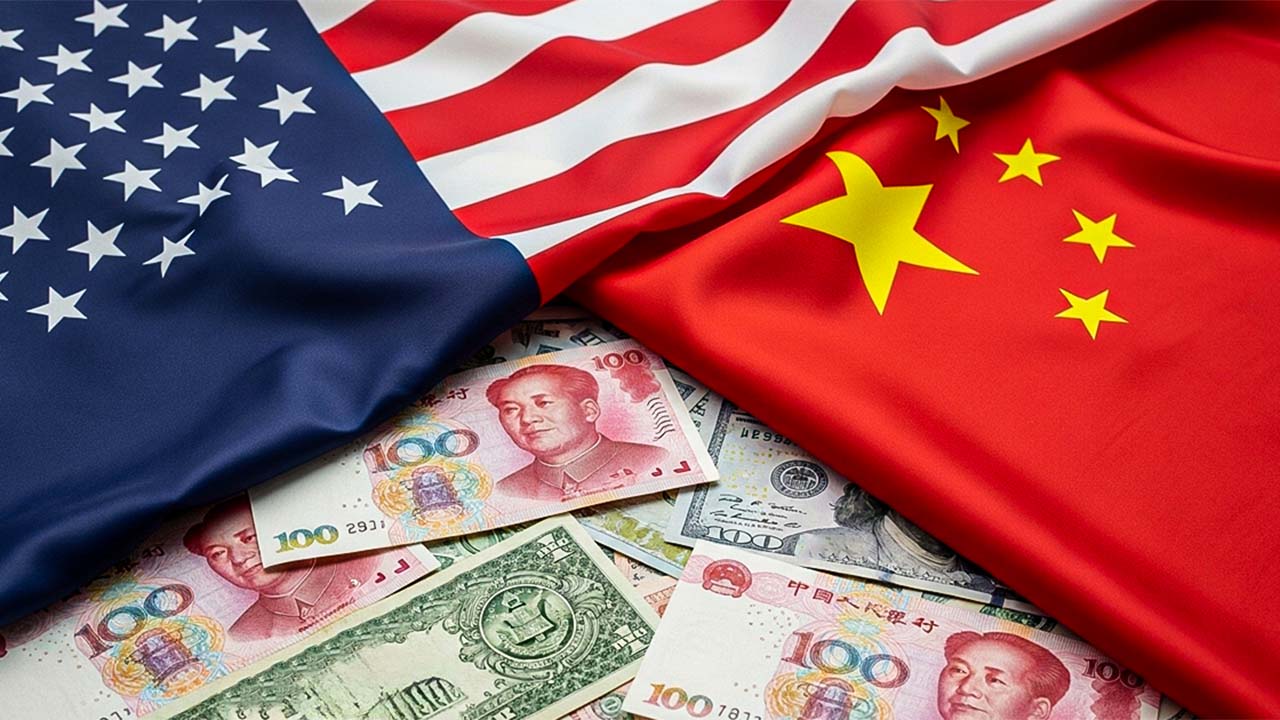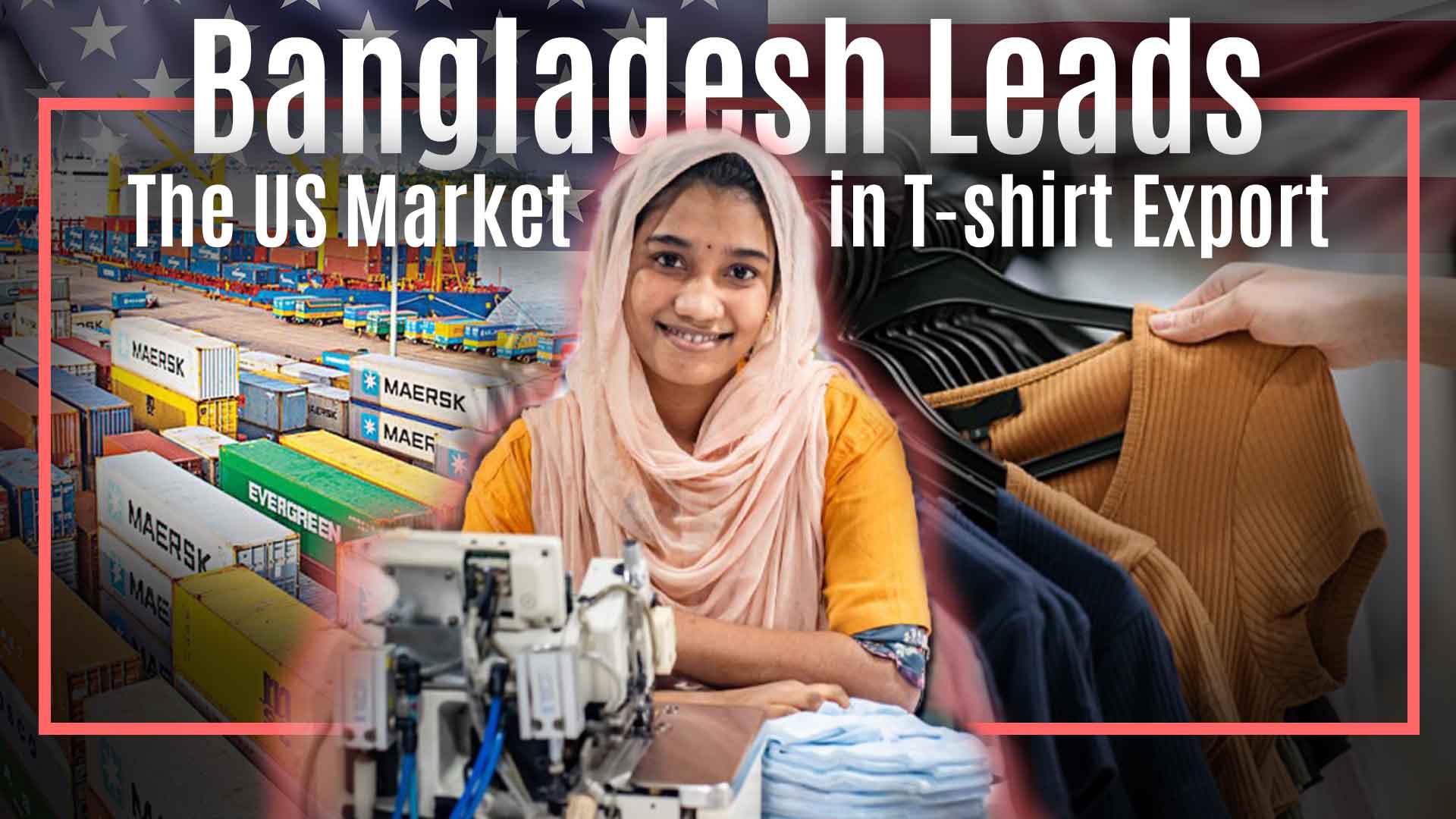
Bangladesh Surpasses Rivals to Lead US T-shirt Market
September 23, 2025 | Apparel Industry
The first half of 2025 marked a historic turning point in the global apparel trade. For the first time ever, Bangladesh has become the largest supplier of T-shirts to the United States, overtaking long-time rivals Nicaragua, Honduras, and China. With exports worth 373.2 million US dollars, this achievement has disrupted a structure that had remained largely unchanged for more than three decades.
In just six months, the United States imported 3.52 billion dollars’ worth of T-shirts from 117 countries. For years, Central American nations and China dominated this category, backed by trade advantages, strong industrial infrastructure, and proximity to the US market. Bangladesh’s rise to the top not only reshapes the competitive order but also highlights the country’s growing global influence as an apparel powerhouse.

Leverages Economies of Scale
What makes this achievement more remarkable is that Bangladesh has not relied on simply being the cheapest option. The country’s success is built on a blend of cost efficiency, reliability, and the ability to supply at scale. The average export price of a Bangladeshi T-shirt stood at 1.76 dollars — higher than China at 1.63 dollars and Pakistan at 1.50 dollars, yet still below Honduras and Vietnam. This pricing reflects Bangladesh’s ability to leverage economies of scale while offering buyers both affordability and dependable supply, a balance that is increasingly valuable in today’s global sourcing landscape.
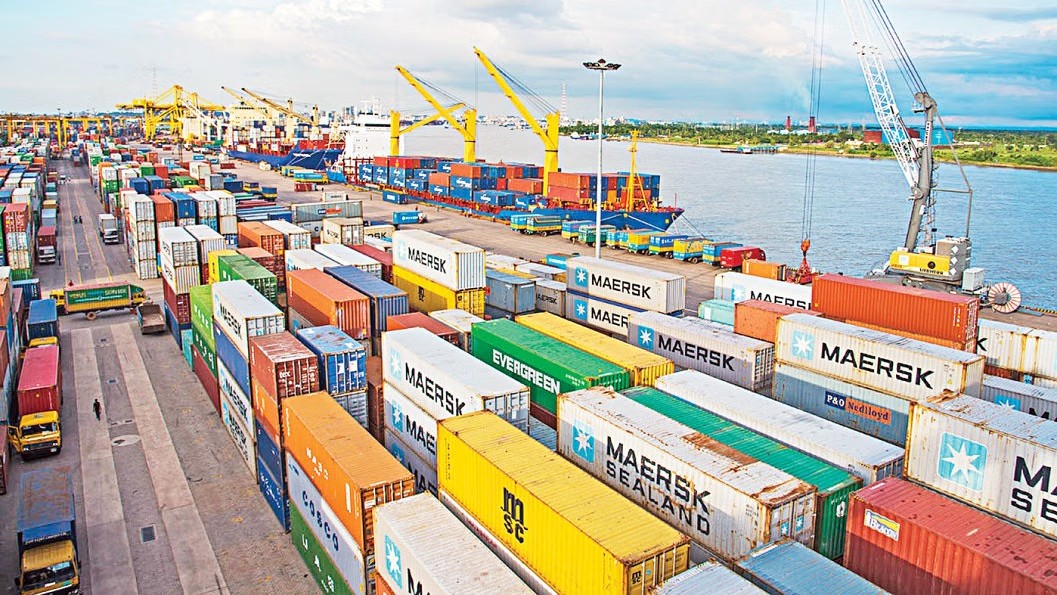
Using Global Influence to its Advantage
Another crucial factor has been policy. A new US trade regulation has allowed garments using at least 20 percent American raw materials — such as cotton — to qualify for reduced tariffs. In practical terms, a 10-dollar T-shirt now carries a duty of 1.6 dollars instead of 2 dollars if it includes that threshold of US cotton. Bangladesh is uniquely well positioned to take advantage of this rule. The country imports around 4 billion dollars’ worth of cotton each year, half a billion of which comes directly from the United States. Many factories already use between 20 and 40 percent American cotton, giving Bangladesh a built-in edge over competitors like India, Pakistan, and Vietnam, where reliance on US cotton is far less.

Challenges of Bangladesh’s RMG Leadership
Challenges, however, still remains. Policy shifts in Washington could affect tariff advantages, and volatility in cotton prices has the potential to increase input costs. Rivals are also likely to adapt quickly, reshaping the competitive landscape once again. To maintain its leadership, Bangladesh will need to double down on transparency, invest in certifications, and continue building long-term buyer confidence.
Bangladesh’s new position at the top of the US T-shirt market is not an accident. It is the outcome of resilience, strategic adaptation, and the ability to align with global trade policies at the right time. As the dynamics of international apparel sourcing continue to evolve, one thing is becoming increasingly clear: Bangladesh is no longer just a strong participant in the global fashion supply chain — it has become a leader, with the
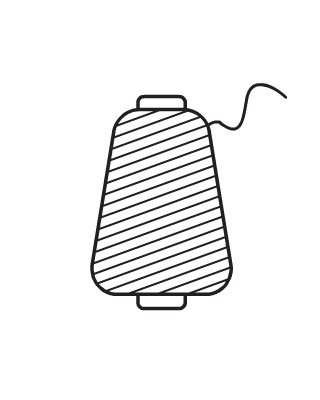



 Empty Cart
Empty Cart


